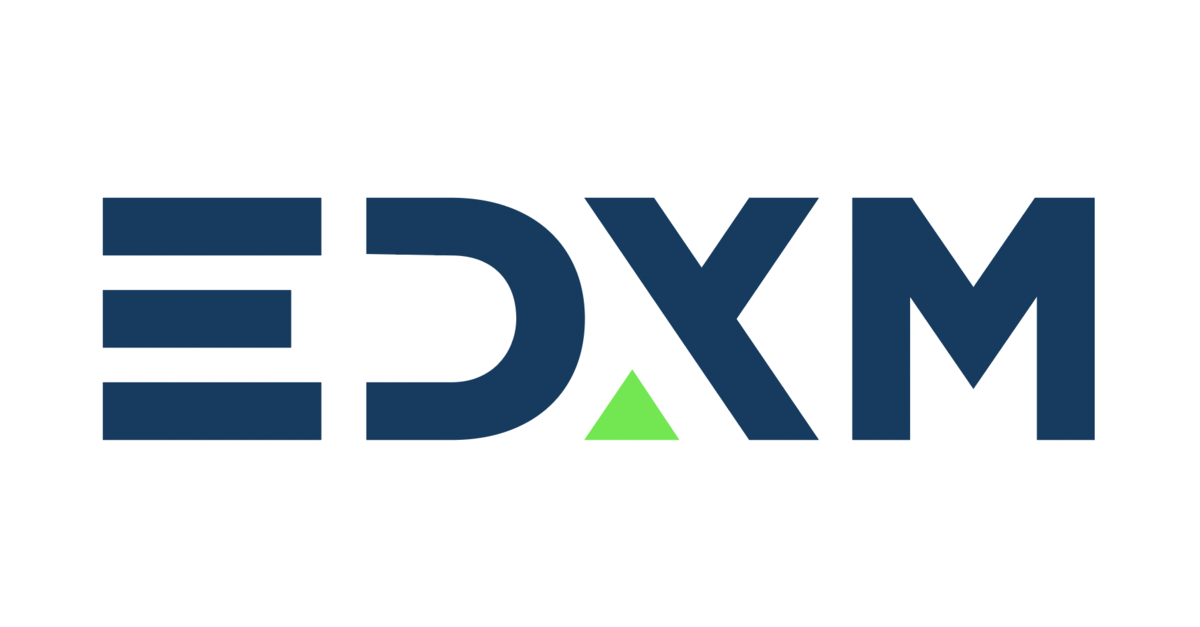"Blockchain + insurance" is not without disadvantages, two major problems to be solved
Source: Medium
Translation: First Class (First.VIP)
Distributed ledger technology is touted as "disrupting" the insurance industry. Its externally connected, automated digital protocols are highly secure, saving billions of dollars in costs and other overhead for the insurance industry, and preventing fraud. However, in addition to the main issues such as connectivity and scalability with external data that have been resolved, there are still other issues with this technology.
- Free and easy week review 丨 US government agencies research fiat cryptocurrencies through fork BTC
- Babbitt weekly election 丨 Central European Central Bank pays close attention to stablecoin risk; Ripple raises US $ 200 million and is valued at US $ 10 billion
- U.S. regulation and processing of cryptocurrency

Question 1: Data availability and frequency
The ability of smart contracts to access external data is important because they are also useful for any purpose other than token applications. Thankfully, we now have a good solution. By using a decentralized Oracle network, we can use multiple data sources and Oracle nodes to ensure the consistency and integrity of data when it reaches the smart contract. However, this alone is not enough to ensure that smart contracts are not "deceived."
Assuming insurance contracts have been deployed on the blockchain, you can successfully obtain data from a range of different sources and perform operations such as spending based on that data. Does everything seem fine? But what if the "check data" call does not execute? What happens if the insurance company does not update the data in the smart contract during a flood or drought? Even if a smart contract is tamper-resistant and able to obtain the required data and perform payment, the smart contract cannot do the payment operation because it never obtains all the required data. This is a question of data availability and frequency.
In addition to accessing the data itself, these insurance contracts need to be triggered periodically to get the latest data and update their status. And this needs to be initiated off-chain, because the blockchain itself does not have any calling functions. Moreover, contracts need to be protected from "spam" or "deception." For example, it needs to ensure that the executor who gets the data through constant triggering doesn't cause it to behave abnormally in any way.
Some might suggest that regular updates are not required, and where a payment is triggered, a customer can manually issue a claim to trigger a contract to check, get data, and execute a payment, but this is not ideal. With the formation of the fourth industrial revolution, we are entering a new digital era of automation, machine learning and AI, and many processes will eliminate human factors. For the insurance industry, this means that insurance claims and payments often occur with little or no human intervention. This also means that we need to try to automate contract conditions and claims processes and fully enjoy the full benefits of using distributed ledger technology over existing digital solutions.
The most likely way to "deceive" a contract is if the insurance provider does not trigger a smart contract to obtain the latest data, and they do not trigger for a few days, weeks, or even months, so the contract will eventually reach In the future, the funds will also be returned to the insurance company.
The best way to resolve such situations is to include other logic in the contract conditions themselves, so that the contract retains a tab that records how often the contract is triggered to get the latest data. It can then be used in the contract's expiration conditions, so before the contract returns the funds to the insurer, it can check whether the correct number of calls have been triggered, update the data status, and then return all funds. E.g:
If the contract expires and the number of data calls exceeds the threshold: return the funds to the insurance company; Otherwise, if the contract expires and the number of calls is below the threshold: the customer gets his premium back (or paid in full?) And the remaining money is returned to the insurance company
The purpose of this is to use game theory to motivate insurance companies to ensure that all their contracts are up-to-date and updated regularly, otherwise they will not make money!
In addition to providing access to external data, Oracles can also be used to schedule transactions and function calls in smart contracts. For insurance contracts, you can set up cron jobs on Oracle nodes to trigger insurance contracts periodically to get the latest data and update their status.

Insurance smart contract architecture that combines multiple data sources and data request calls
Question 2: Liquidity of insurance companies
In the traditional insurance sector, insurance companies have not provided adequate funding for all their insurance contracts. Instead, they only retain a certain percentage of the reserve / liquidity ratio amount for claim expenses, but as long as the claim amount and non-claim amount remain within a certain threshold, they can still operate and profit.
However, in order for these highly secure and tamper-resistant digital protocols to provide 100% guaranteed payments while meeting payment conditions, they each need to be fully funded so that payment operations can be guaranteed if the payment conditions are met.
This means that if insurers provide valid insurance contracts worth $ 10 billion, they will need $ 10 billion in liquidity to pay at any time. This is a big problem for insurance companies, as their liquidity ratios are usually well below 100%.
As a solution, some might suggest not using smart contracts to process payments, but simply marking the contracts as being payable by the insurance company's financial system to maintain the current liquidity ratio. But this is the first departure from the original intention of using smart contracts, because we no longer guarantee the implementation of the agreement. If a large-scale earthquake or fire happens, 50% of the contracts are triggered and payment is required, and what happens when 25% of the contracts cannot be paid because the insurance company has no liquid funds? Only with sufficient contract funds can 100% guaranteed payments be provided to all customers. Maybe the liquidity problem is unsolvable, even if the insurance industry shifts to distributed ledger technology, it will always exist.
in conclusion
We are moving towards the fourth industrial revolution. Distributed ledger technology, machine learning, artificial intelligence, and automation will continue to evolve and transform many industries, including insurance.
Combined with the blockchain and smart contract technology used by the decentralized Oracle network, it provides a superior platform for insurance contracts deployed and executed on it, realizing the security, execution guarantee and social scalability that today's systems cannot provide . However, before large-scale adoption, there are still some key issues that need to be considered and addressed.
Reprinted please retain copyright information.
We will continue to update Blocking; if you have any questions or suggestions, please contact us!
Was this article helpful?
93 out of 132 found this helpful
Related articles
- 8 Q Interview with Professor Luo Mei of Tsinghua University to Explore the Application of Blockchain in the Field of Accounting Audit
- 2020 Focus Preview: How to Solve the Scalability of the Public Chain?
- Looking for the miner "to1475": Filecoin's public miners arena
- Research Shows: Quantum Hegemony Impact on Bitcoin Is Still Too Large
- Analysis: What is "double digging"? Not as simple as you think
- First Report | 2019 China Government Blockchain Development and Outlook
- Tracking: Where did most of the assets of Plustoken go?






